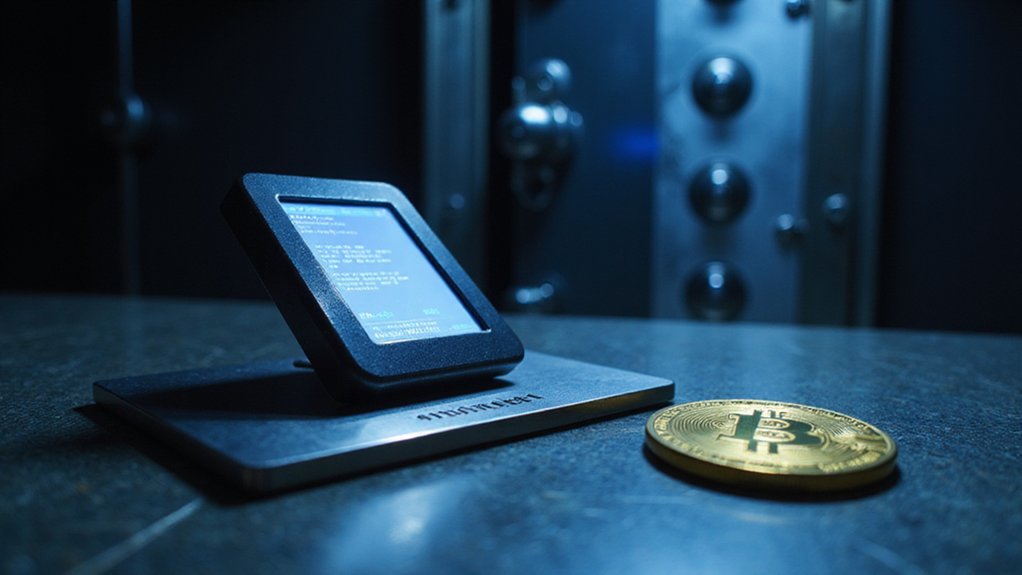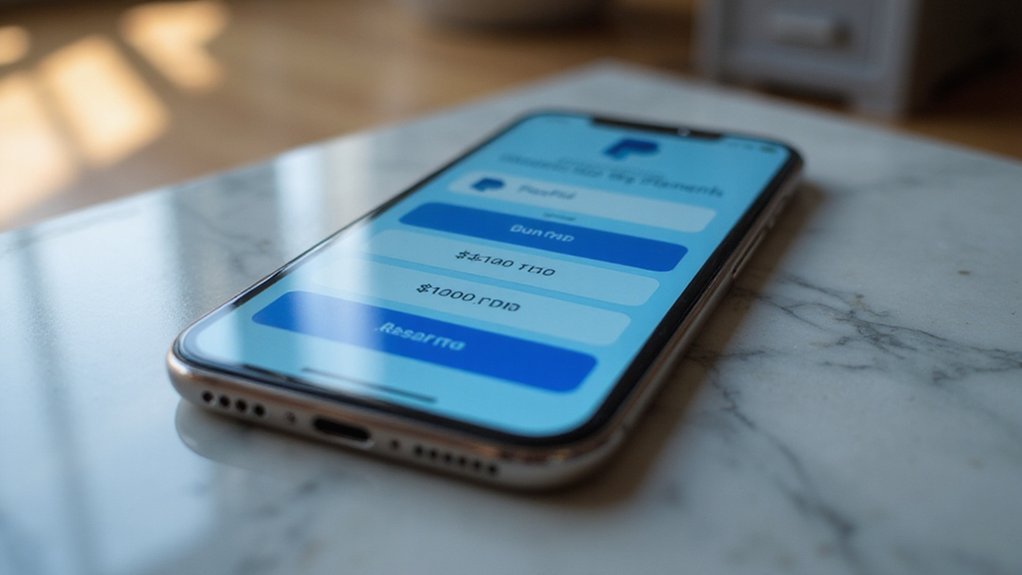Kaspa is a cryptocurrency implementing an innovative BlockDAG architecture that enables parallel block creation—a significant departure from Bitcoin’s linear blockchain. Processing up to 10 blocks per second (with ambitions for 100), it employs the GHOSTDAG protocol and kHeavyHash algorithm to maintain security while scaling. Launched fairly in November 2021 with no premine or founder allocations, Kaspa adheres to deflationary principles while supporting decentralized finance applications. The technical wizardry behind its consensus mechanism reveals why speed needn’t compromise decentralization.

In the rapidly evolving landscape of blockchain technology, Kaspa has emerged as a distinctive player, presenting what might be the most significant structural innovation since Bitcoin’s inception.
Kaspa’s blockDAG architecture represents perhaps the most transformative advancement in distributed ledger design since Satoshi’s breakthrough.
This decentralized, open-source Layer-1 platform breaks from traditional blockchain design by implementing a blockDAG (Directed Acyclic Graph) structure that permits parallel block creation—a fundamental departure from the linear chains that have dominated cryptocurrency architecture since 2009.
Unlike conventional blockchains that process transactions sequentially (and rather laboriously, one might observe), Kaspa’s blockDAG allows multiple blocks to exist simultaneously, dramatically reducing network congestion and latency.
This architectural shift enables the platform to achieve throughput rates that would make first-generation chains blush, currently processing one block per second with ambitious plans to scale to 100 blocks per second—without sacrificing the sacred cows of security and decentralization.
At Kaspa’s core lies the GHOSTDAG protocol, an evolution of Nakamoto Consensus that preserves the essential security characteristics of proof-of-work while solving the ordering problem inherent in parallel block structures.
The kHeavyHash algorithm secures this framework, maintaining Bitcoin’s philosophical commitment to decentralization while sidestepping its performance limitations.
The network currently achieves up to 10 blocks per second, demonstrating its superior scalability compared to traditional blockchains.
The economic model follows an equally orthodox approach: a deflationary monetary policy with no premine or privileged token distribution.
This commitment to fair launch principles (increasingly rare in an era of venture-backed chains) aligns with the network’s technical ethos of building upon—rather than replacing—Bitcoin’s foundational insights. Kaspa launched fairly on November 7, 2021 with no premine or allocated coins to founders or investors.
The transparency of this approach echoes the original vision of distributed ledger technology that underpins all blockchain systems.
Where Kaspa distinguishes itself most dramatically is in performance metrics that make it suitable for applications requiring instant finality and minimal transaction costs.
The platform positions itself as an ideal foundation for decentralized finance and smart contract development, supported by an active community advancing its Rust-based infrastructure.
In a market saturated with incremental improvements and questionable innovations, Kaspa’s blockDAG represents a genuine structural advancement—one that preserves crypto’s core principles while addressing its most persistent scalability challenges.
Frequently Asked Questions
How Secure Is Kaspa Compared to Bitcoin?
Kaspa offers comparable security to Bitcoin through its pure PoW consensus but introduces enhancements via its GhostDAG architecture.
While Bitcoin relies on a linear blockchain requiring 10-minute confirmations, Kaspa’s blockDAG structure enables 1-second confirmations with full finality in about 10 seconds.
This design reduces orphaned blocks and complicates traditional attack vectors.
Additionally, Kaspa’s kHeavyHash algorithm and decentralized governance structure (absent pre-mines or allocations) further bolster its resistance to 51% attacks and mining centralization risks.
What Are the Minimum Hardware Requirements to Run Kaspa?
Kaspa’s minimum hardware requirements represent a modest barrier to entry—100 GB disk space (SSD mandatory, given HDDs’ notorious failure during sync), 8 GB RAM, and a 7th-gen i7 4-core processor or equivalent.
Internet connectivity demands at least 10 Mbit/s, though 40 Mbit/s is recommended for stable peer relationships.
Storage requirements evolve post-sync, settling at approximately 4 GB initially while growing at roughly 1 GB daily during normal operation.
Can Kaspa Integrate With Existing Defi Platforms?
Kaspa can indeed integrate with existing DeFi platforms, leveraging its BlockDAG architecture and smart contract capabilities.
The system supports essential DeFi transaction types—including deposits, withdrawals, token swaps, and KRC20-compliant tokens—while enabling automatic balance synchronization through public key implementation.
Though some platform-dependent limitations exist (certain swaps might appear as unlabeled transactions), Kaspa’s open-source, decentralized framework and impressive throughput of approximately 10 blocks per second position it favorably for DeFi interoperability and multi-transaction support.
How Does Kaspa’s Tokenomics Work?
Kaspa’s tokenomics centers on a fixed supply cap of 28.7 billion KAS tokens distributed through a fair-launch model with no premine or reserved allocations.
The emission schedule features monthly halvings—reducing block rewards annually from the initial 1 KAS per block—ensuring diminishing inflation over time.
By 2029, Kaspa’s inflation rate will undercut Bitcoin’s, bolstering its “hard money” credentials.
With nearly 26.05 billion tokens already circulating, the model prioritizes decentralization while maintaining security through its blockDAG architecture.
What Exchanges Currently List Kaspa for Trading?
Kaspa’s exchange presence extends across a surprisingly robust network of both centralized and decentralized platforms.
Major CEXs including Kucoin, Kraken, and Bybit host substantial KAS trading volumes, while MEXC Global offers diverse currency pairs.
The token’s reach spans approximately 39 exchanges globally, with gate.io and Phemex providing fiat on-ramps via USDT and TRY pairs.
For the decentralization-minded, various DEXs and hybrid platforms facilitate direct wallet-to-wallet transactions with typically lower fees than their centralized counterparts.









